WALLACE CHAIR 2015 |
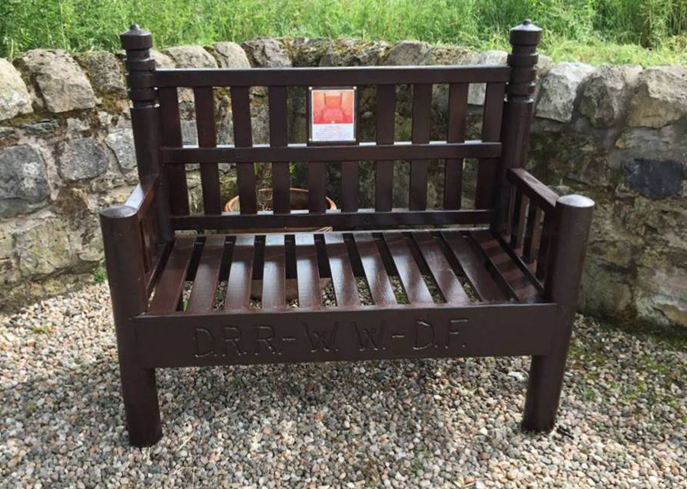 |
|
The new chair |
|
When the Wallace Chair was first mentioned my ears pricked up. I thought I was the very man for the job and ultimately I was honoured to be asked to make it. The initial photos we found were pretty poor, but I managed to work out a few details about the way the chair was constructed. It consisted of six important pieces of timber - four round posts and two heavy cross rails. It looked like it was made from oak, and in a pretty poor state of repair, with rot and worm causing a lot of damage. The chair was also covered in a loose leather cover, which hid a lot of the other detail. We made some enquiries and were sent some close up pictures of the chair by its present owner and these helped immensely. From that, I did a rough sketch and it was agreed we would try to make the chair into a two-seater bench from pressure treated softwood. The first problem I had was to do the turnings as close to the ones we saw in the picture. In softwood this proved very difficult as by the time I started to work on the posts, the wood had dried out and was beginning to show signs of splitting. It actually went better than I thought, although I did not do the turnings on a lathe, I used a table saw and finished the grooves off with a rasp. Working with round section timber threw up various problems and I had to come up with a way to make the back strong, comfortable and not too detached from the original design. I also made the chair higher than it looked in the pictures. With time, the original legs would have rotted and been cut to make firm again. They probably lost about four inches over time. I made the bench normal seat height, even though Wallace might have needed it higher due to his extreme size. | |
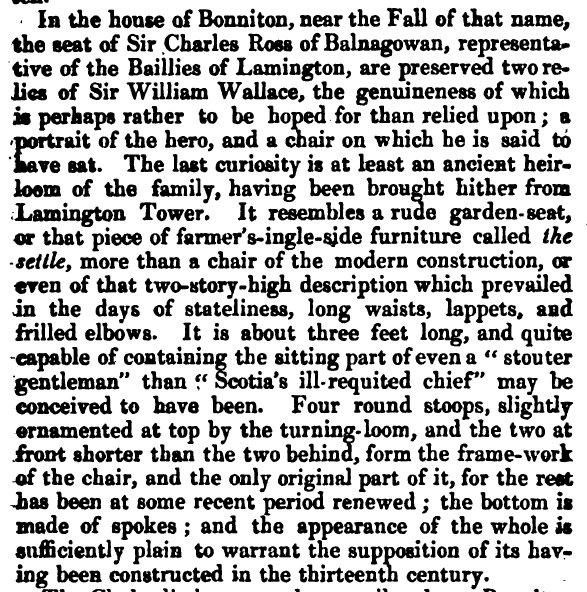 |
|
Chamber's excerpt on the Wallace Chair from 'Picture of Scotland' |
|
Like so much related to William Wallace, we need to file the Wallace Chair under the title 'legend'. I knew it was going to be hard to prove the history of the chair, but the fact that this one is being used as a way to commemorate Davy's walk is enough of a connection to Wallace for me - the rest can be folklore. | |
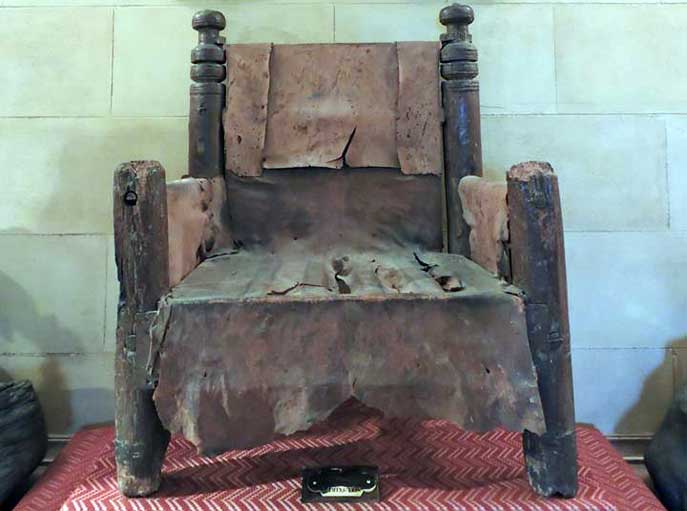 |
|
The original chair |
|
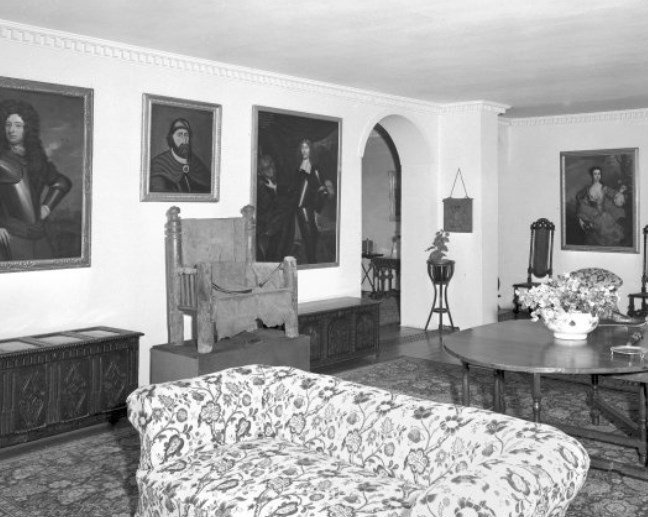 |
|
The original chair in situ, Balnagown Castle |
|
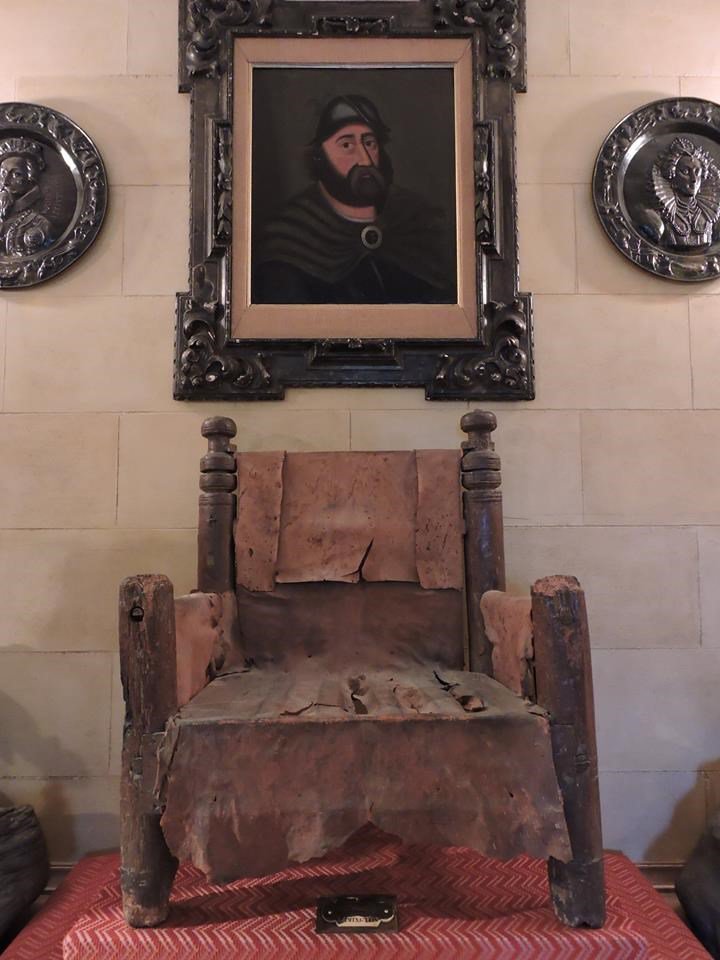 |
|
The original chair |
|
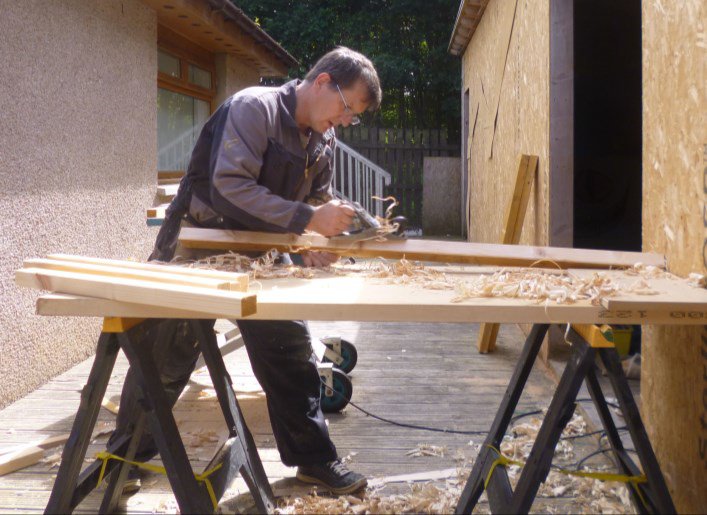 |
|
George hard at work on the chair |
|
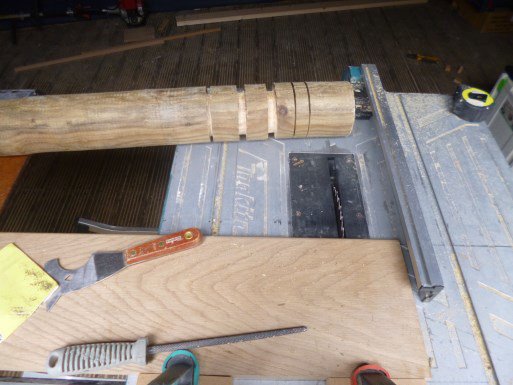 |
|
Construction continues |
|
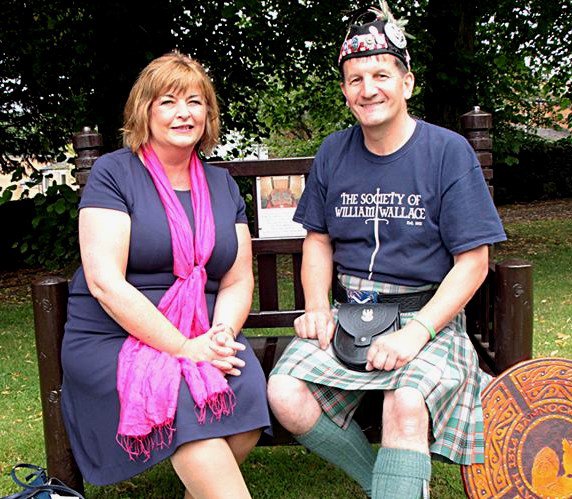 |
|
George and Fiona Hyslop try out the chair |
|
 |
|
The new chair |
|
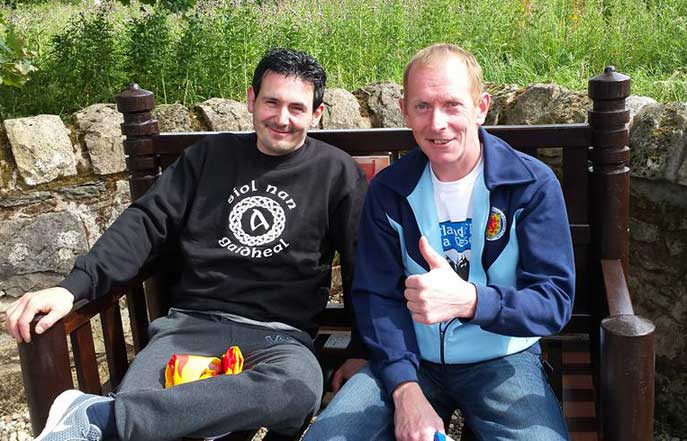 |
|
Tried out for size by Chris and Kez |
|
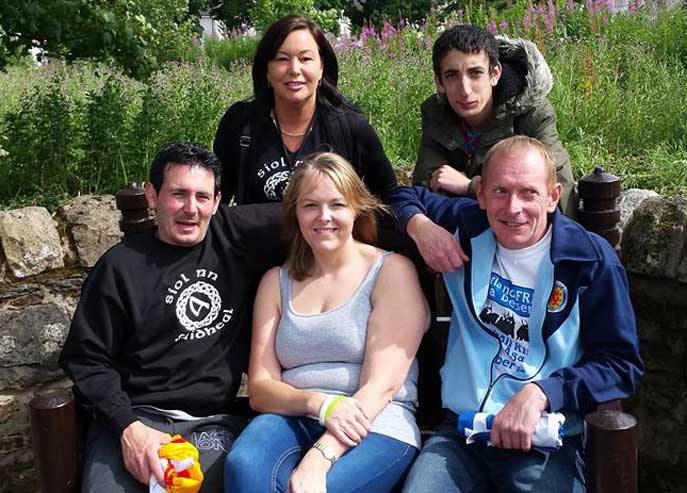 |
|
Helen, Sam, Chris, Donna and Kez approve |
| © Society of William Wallace 2007-2025 | The Society of William Wallace is a Scottish Charitable Incorporated Organisation Registration number SC045959 |
